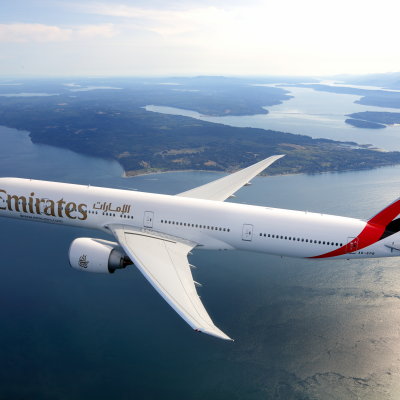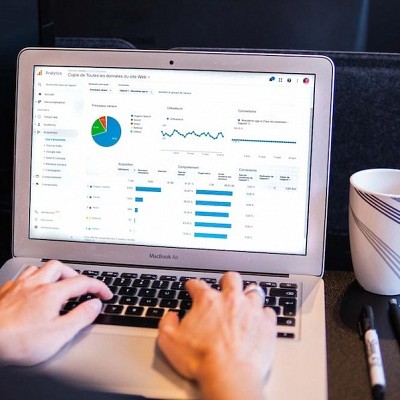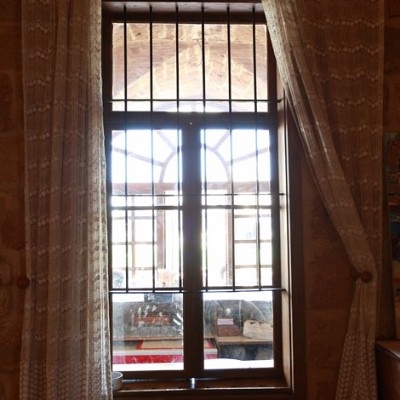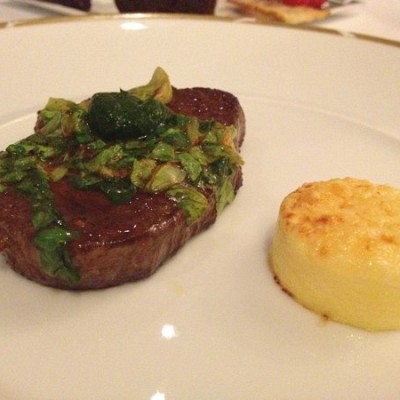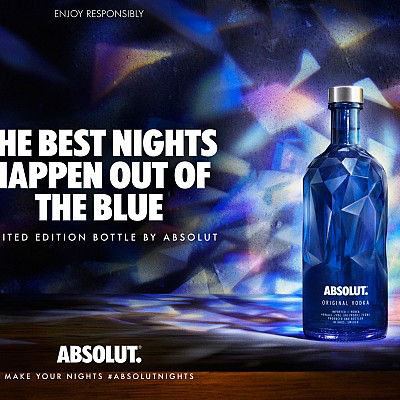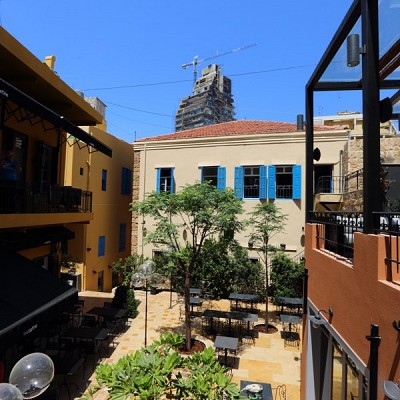And I thought I was the only one facing this problem. Going around and taking images of dishes I try is not an easy task I tell you. The stares I get followed by the attitude really makes my stomach turn upside down while eating. Rare are those people who willingly let you take photos... and open the way for you to do so by allowing you into their workspace, preparation areas and so on. To tell you the truth, the only restaurants who never asked about my camera, photography purpose and even helped me take pics are the ones who don't need advertising and have a very high end standard of quality...
This is why I enjoyed this article I came across on New York Times.
When it comes to people taking photographs of their meals, the chef David Bouley has seen it all. There are the foreign tourists who, despite their big cameras, tend to be very discreet. There are those who use a flash and annoy everyone around them. There are those who come equipped with gorillapods - those small, flexible tripods to use on their tables. There are even those who stand on their chairs to shoot their plates from above. "We get on top of those folks right away or else it's like a circus," Mr. Bouley said. But rather than tell people they can't shoot their food - the food they are so proud to eat that they need to share it immediately with everyone they know - he simply takes them back into his kitchen to shoot as the plates come out. "We'll say, 'That shot will look so much better on the marble table in our kitchen,' " Mr. Bouley said. "It's like, here's the sauce, here's the plate. Snap it. We make it like an adventure for them instead of telling them no."
Not every chef or restaurant owner is as accommodating, especially these days, as cameras have become as common as utensils. People are posting a shot of their quinoa salad online, or their ramen noodles on their blog. A growing backlash has prompted not only dirty looks from nearby diners, but also creative measures like Mr. Bouley's and even some outright photo bans.
On a visit to Momofuku Ko, one diner thought nothing of subtly raising her iPhone and snapping a picture of her shaved foie. Like tens of thousands of others, she takes photos of her plates constantly, sometimes to the annoyance of her spouse, a chef. "It just seemed very casual at Ko," she recalled. The host was wearing jeans, hip-hop was on the playlist and a 12-year-old was sitting next to them. And this - this dish was the famous, fabulous shaved foie from the star chef David Chang. It only seemed natural to record it for posterity. Then came the slapdown. A man in the open kitchen asked her to please put her phone away. No photos allowed. "I was definitely embarrassed," said the woman, who was so mortified that she spoke on condition of anonymity. Because the Michelin-starred restaurant is small - it seats only 12 - everyone at Ko witnessed the exchange. "I don't want to be that person," she added, stressing that she never, ever takes flash photography, never stands up for a shot and is always respectful of those around her. Since she is a part-owner of several restaurants, she knew why she was being chastised. "But I was caught off guard," she acknowledged. Mr. Chang is one of several chefs who either prohibit food photography (at Ko in New York) or have a policy against flashes (at Seiobo in Sydney, Australia, and Shoto in Toronto). High-end places like Per Se, Le Bernardin and Fat Duck discourage flash photography as well, though on a recent trip to the Thomas Keller restaurant Per Se, flashes were going off left and right, bouncing off the expansive windows overlooking Columbus Circle. "It's reached epic proportions," says Steven Hall, the spokesman for Bouley and many other restaurants, who has worked in the business for 16 years. "Everybody wants to get their shot. They don't care how it affects people around them." Moe Issa, the owner of Chef's Table at Brooklyn Fare, said he banned photography several months after opening when it became too much of a distraction to the other diners at his 18-seat restaurant. "Some people are arrogant about it," he said. "They don't understand why. But we explain that it's one big table and we want the people around you to enjoy their meal. They pay a lot of money for this meal. It became even a distraction for the chef." Mr. Bouley said table photography "totally disrupts the ambience." "It's a disaster in terms of momentum, settling into the meal, the great conversation that develops," he said. "It's hard to build a memorable evening when flashes are flying every six minutes." Mr. Issa is happy to supply diners with professional photos the next day, though Mr. Hall said "people want to e-mail their photos to their friends right then and there; instant gratification." Mr. Bouley is setting up a computer system so that diners can get digital images of what they've eaten before they even get the check. It's hard to know who is most irritated by amateur photography - the owners and chefs, the nearby diners or even the photographer's dining companions. Emma Kate Tsai, a Houston-based editor, said her 64-year-old father drives her family crazy with the food photos he shoots with his large, cumbersome camera strapped across his chest. "It's really irritating," she said, "because we can't take a bite unless he takes his photo." When the family goes out for Chinese, things get ugly. "The food just keeps coming, and we just have to wait for him," she said. "Of course, he's not taking pictures of us or his grandkids, which compounds the issue for me." Her father, a NASA engineer, used to put his photos into PowerPoint presentations and send the huge files to them through e-mail. "They were, like, 11 megabytes," she said with a laugh. "Now he's got Facebook, thank God." Still, she worries about what will happen when her father stops working. "I think when he retires it's just going to get worse," she said. Even Valery Rizzo, who teaches a class in iPhone food photography, thinks the trend has crossed a line. Tired of seeing uncentered, flash-marred photos of indistinguishable glop, Ms. Rizzo taught a course last fall at 3rd Ward in Bushwick, Brooklyn, to try to raise the bar. Ms. Rizzo briefs her students not only on the apps available, like Instagram, Foodie SnapPak and Camera+, but also tries to teach them lessons on composition and lighting. "No. 1 rule is no flash," she said. "A lot of food photos are hideous because of the flash." But for every annoyed patron and disgruntled chef, there will continue to be legions of amateur iPhone-wielding food lovers, who say what they do is a tribute - not to mention free advertising for the restaurants. Jordy Trachtenberg, because of what he described as his obsessive-compulsive disorder and his love of food, has documented every bowl of ramen he's eaten in the past two years and posted it on his blog, Ramentology. He was flabbergasted to learn there are restaurants that prohibit photography. "It's shocking," he said. "Is that even legal?" He said he had never encountered any pushback. "But then again, I'm a big guy with tattoos," he said, laughing.


































